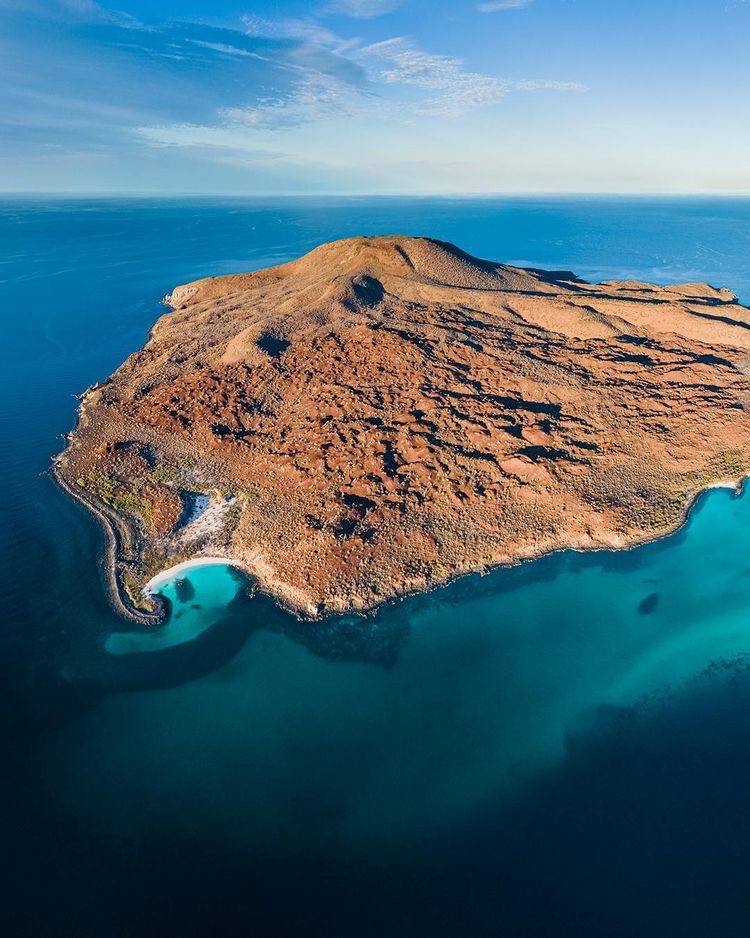

Jacques Cousteau called it “the World’s Aquarium” thanks to its immense beauty and its vast biological diversity, as vast as the 244 islands, islets and coastal areas that it’s made up of.
The Gulf of California, also known as the Sea of Cortez or Mar Bermejo, meets the coasts of Baja California, Baja California Sur, Sonora, Sinaloa and Nayarit. It covers over 60,000 square miles, of which 25% is land surface and 75% is marine. It’s home to endemic species and since 2005 it forms a part of the Natural World Heritage Sites network, declared by UNESCO.
♦ The diversity of life forms that come together here and the high number of species endemic to this region has given birth to nine Protected Natural Areas: The Biosphere Reserves of the Alto Golfo de California y Delta del Río Colorado, Isla San Pedro Mártir, El Vizcaíno and Islas Marías, the National Parks of Bahía de Loreto, Cabo Pulmo and Isla Isabel, and the Protected Flora and Fauna Areas of Islas del Golfo de California and Cabo San Lucas.
Thanks to Sea of Cortez’ importance, its high biological, scenic and ecological value and its islands and protected areas, it is just as relevant as other Natural World Heritage Sites such as the Galapagos Islands and Australia’s Great Barrier Reef.
Close to one third of the marine mammals in the world live in the Sea of Cortez and close to 900 species of fish have been documented in it, and for these reasons, the Gulf of California is a key part of conservation, a diamond mine for science and an abundant source of resources for the local economy, fishing, and tourism.
This is one reason why all the Magical Towns that belong to the Sea of Cortez unite forces in an alliance that seeks to show off the best about each destination and provide locals and visitors with unique and innumerable experiences, as innumerable as the biological riches of the Gulf of California.




